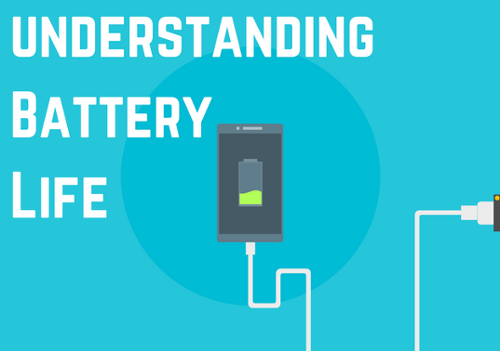
When looking for a way to keep your cell phone charged while out and about, where do you turn?
Do you frantically hunt for the nearest outlet carrying your charging cable everywhere?
Do you turn off all unnecessary functions making a once intelligent phone rather dull?
While these solutions might work, an easier, less painful means of charging on the go has gained traction, battery banks.
Many buy battery banks to keep their gadgets from running out of battery while remaining mobile and not tied to an outlet.
Battery banks these days are a dime a dozen, and hundreds, if not thousands, of options litter eCommerce outlets and brick-and-mortar retailers.
What if I told you that the number you have been gauging these devices' performance by is not all that valuable?
What if I told you that, unfortunately, the industry likes to make you think that you are getting more than you are?
Well, we thought this practice was misleading and deceptive and downright dishonest.
We believe in making the highest quality products and helping educate businesses and consumers alike so they can know what to expect from our products.
We learned of some general confusion about batteries during our Indiegogo crowdfunding campaign, and we will work to set the record straight.
Below, Ph.D. Dan Stieler, VP of Research and Development at PowerFilm Solar, looks into why this battery issue exists and what battery life you can expect from the LightSaver Max.
Battery capacities are typically stated in one of two ways: milliamp-hours (mAh) or watt-hours (Wh). For the Max, the stated battery capacity is 18000mAh or 66.6Wh.
To convert between mAh and Wh, the nominal battery voltage is used. For a lithium-ion battery, this voltage is 3.7V. The relationship between power (P), voltage (V), and current (I) are as follows:
The 18000mAh was derived from the Max's capacity and the number of batteries.
The Max contains six lithium-ion batteries, each with a minimum capacity of 3000mAh (18000mAh = 3000mAh * 6 batteries).
When measuring the battery capacity of the Max from the outputs, it is important to understand that watt-hours can be compared, not milliamp-hours.
The reason for this is that the voltages of the outputs are different from the voltage of the batteries, and ultimately a battery is only able to store a given amount of power. So, about 66.6Wh can be expected from either the 5V or the 12V outputs, depending on the current draw.
It is important to note that at very large current draws, battery capacities decrease due to voltage loss caused by the internal series resistance of the batteries.
The equation used to calculate power can be rearranged to calculate current as follows:
Using that equation, the ideal milliamp hours available from each output can be calculated and is shown below:
For the USB output:
For the 12V output:
In addition to the actual power available from the battery pack, the conversion efficiency of the output DC-DC converters in the Max must be accounted for. In the case of the Max, the DC-DC converters have an efficiency of about 90% compared to generic cheap battery banks, which can be 70% or less.
To determine the expected milliamp-hours for each output of the Max, the previously calculated milliamp-hour output is multiplied by the efficiency as shown below:
For the USB output:
For the 12V output:
*Note that the powers, voltages, and currents listed are nominal values. Actual values will vary based on component tolerance.
The next time you look at a rated battery capacity, we hope you can apply what you've learned and determine what to expect from that product.
Do you have any questions about this concept?
Do you need more information or want to learn more about PowerFilm Solar?
Contact us or leave a comment below.